Buckwheat Pink
$12.00 Original price was: $12.00.$8.40Current price is: $8.40.
- Shop with Ease
- Get Quality, Get More
- Your Security is Our Promise
- Your questions, our prompt answers.

Pink buckwheat, known for its striking flowers and nutritious seeds, serves not only as an ornamental addition but also as a valuable cover crop beneficial for supporting pollinators. When planted en masse, the clouds of rose-pink flowers create a visually stunning landscape and provide a vibrant touch to long-lasting bouquets. Despite its aesthetic appeal and multiple uses, pink buckwheat is relatively easy to cultivate; however, it requires warmer soil temperatures and is sensitive to frost. This adaptable cover crop thrives in favorable conditions, offering more than just beauty by actively attracting beneficial insects and contributing to a biodiverse and sustainable agricultural ecosystem.
Its ability to attract and support beneficial insects makes it a valuable asset in promoting pollination and overall ecological balance. As a cover crop with multiple benefits, pink buckwheat stands out as a practical and aesthetically pleasing choice for gardeners and growers seeking to enhance the beauty of their landscape while supporting biodiversity and ecological health.
In 1987, the very rare pink buckwheat was taken to Japan from the Himalayan Mountains at an altitude of 12,400 feet by Professor Emeritus Akio Ujihara of Shinshu University. Japanese farmers quickly embraced this as a stunning cover crop and tourism in the area has skyrocketed.
Frost sensitive and prefers warmers soils so sow in late spring.
| Size | 100 seeds, 100 grams, 250 grams, 500 grams, 1 kilogram |
|---|

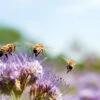
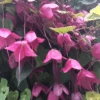



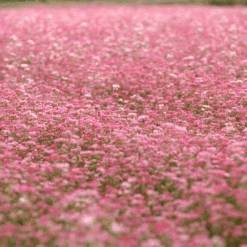
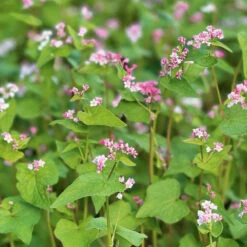

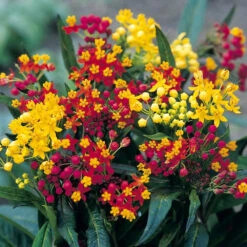



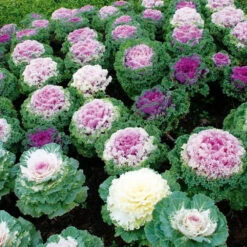

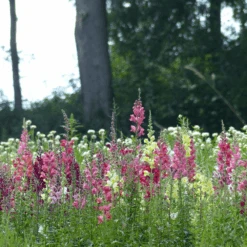



Reviews
There are no reviews yet.